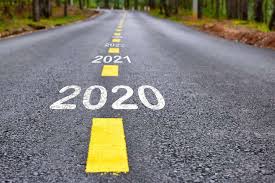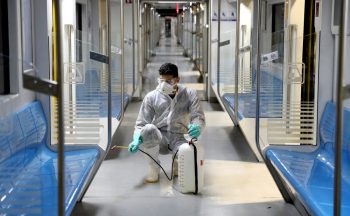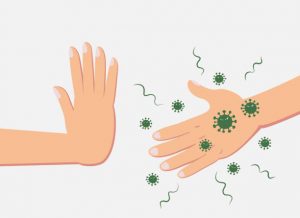 March 2021
March 2021
As the science behind COVID evolves we have a better understanding of how it is contracted and how to avoid being infected.
We have come to understand COVID-19 as a physical interaction transmission. We must come in direct contact with someone who has COVID or physically touch something they have touched recently. But now we are beginning to understand that airborne transmission is a factor in COVID transmission.
There is a growing concern in high-rise communities that COVID can spread through the air in our buildings.
According to the World Health Organization (WHO), ventilation is an important factor in preventing the virus that causes COVID-19 from spreading indoors. WHO suggests considering adjustments to our heating, ventilation and air conditioning (HVAC) for maximum air quality and our health.
- For mechanical systems, increase the percentage of outdoor air potentially as high as 100 percent.
- Increase total airflow supply to occupied spaces, if possible.
Air Quality Standards
Canadian households require ventilation rates to ensure roughly a complete air change every three hours. Ventilation serves to dilute air pollutants generated within the home (including carbon dioxide, humidity, and odours) as well as some pollutants off-gassing from the home structure, building materials, furniture and consumer products. Improper air ventilation of these indoor toxins, especially in public buildings like schools, high-rise communities and offices can negatively impact productivity, school attendance and overall health. Sick building syndrome is when people experience headaches, respiratory issues, nausea and other symptoms that worsen as time spent in a building increases.
Machine Learning Technology in High-Rise HVAC Systems offer a solution
We tend to neglect opening windows and managing our thermostats and air flow. Technology is available to do this as needed thus improving air quality and frequency of circulation through our HVAC systems.
Imagine you have a self driving car. You program it by saying “get me from home to work in the morning“. The next day you say “go to the grocery store”. The idea behind machine learning is the intelligence can drive you where you need to go by learning your objective and determining the most efficient route to your destination. The result is a more efficient outcome.
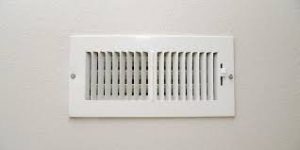 A similar approach is taken to programming HVAC systems in high-rise communities. Machine learning when used with HVAC systems independently discover what the best air ventilation and circulation settings are without human intervention.
A similar approach is taken to programming HVAC systems in high-rise communities. Machine learning when used with HVAC systems independently discover what the best air ventilation and circulation settings are without human intervention.
In addition to consulting a mechanical engineer who assesses your HVAC’s air filtration system, rotation fan system or air quality, machine learning algorithms with the aid of common area Co2 sensors can help provide optimal fresh air supply levels for the best possible air quality through the building and in common spaces.
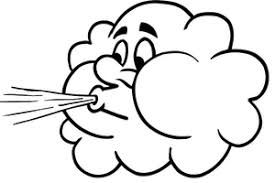 With COVID in full swing and a second wave in process the primary objective becomes energy savings and improving air quality for multi-family building residents. With the cost of energy representing 35 to 50 per cent of a residential building’s operating budget, machine learning can reduce your HVAC energy costs by up to 30 percent; a very meaningful contribution to reducing a condo corporation’s bottom-line expenses.
With COVID in full swing and a second wave in process the primary objective becomes energy savings and improving air quality for multi-family building residents. With the cost of energy representing 35 to 50 per cent of a residential building’s operating budget, machine learning can reduce your HVAC energy costs by up to 30 percent; a very meaningful contribution to reducing a condo corporation’s bottom-line expenses.


